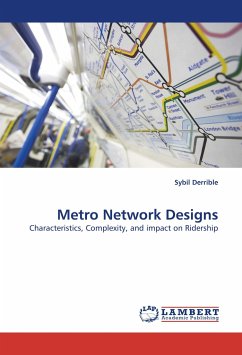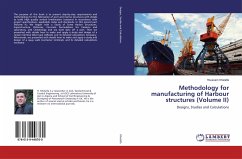Since 2008, more than half of the world population lives in cities. To cope with this rapid urbanization in a sustainable manner, transit systems all around the world are likely to grow. By looking at 33 metro networks in the world, this book identifies the geometric properties and effects of network designs. For this work, a new methodology was developed and is explained thoroughly. Each system is first characterized along three axes: State, Form and Structure. The complexity and robustness of metros is then studied from a Network Science perspective. Subsequently, the impact of network design on ridership is studied, and positive relations are observed. As a practical case study, all of these concepts are applied to the new transit plans for Toronto and possible improvements are identified. Overall, the design of metro networks can play a key role in their success. New transit projects could benefit greatly from an analysis of their network designs, which in turn may play a relevant role in the global endeavor for sustainability.
Bitte wählen Sie Ihr Anliegen aus.
Rechnungen
Retourenschein anfordern
Bestellstatus
Storno








